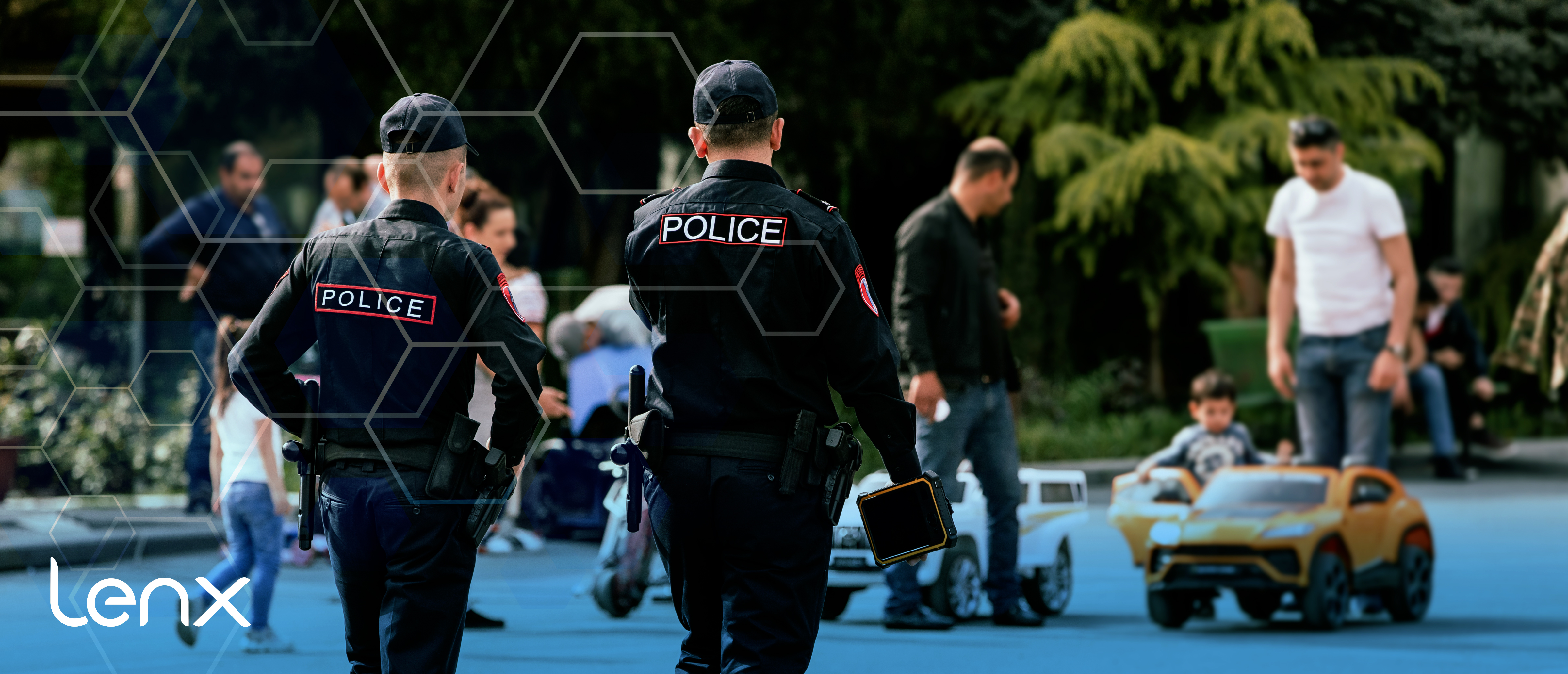
Why The Human Element Is Still Important With AI Security, Active Shooter Detection Systems
In an age where technology pervades every aspect of our lives, artificial intelligence (AI) has become a linchpin in enhancing security measures. AI-driven systems, particularly those designed for active shooter detection and alerts, are revolutionizing how we respond to potential threats. Yet, despite the sophistication of these systems, the human element remains an indispensable part of the security equation.
Understanding AI in Security Detection
AI security apps and gun detectors are increasingly common, using complex algorithms to identify potential threats swiftly. These systems analyze data from various sources, such as surveillance cameras, to detect the distinct look of a weapon or recognize the visual signature of firearms. By automating threat detection, they provide rapid active shooter alerts, potentially saving lives by initiating quicker response times.
The Role of AI in Active Shooter Situations
In active shooter scenarios, particularly in sensitive environments like schools, every second counts. AI gun detection and active shooter alarm systems can immediately notify law enforcement and building occupants, helping to mitigate the impact of such an event. This kind of AI safety technology has become a critical tool in the effort to enhance protection against such incidents.
The Critical Human Factor
Despite the advancements in AI security, the human element cannot be discounted. Human judgment is essential for interpreting the data that AI systems provide and for making nuanced decisions in the face of complex, unpredictable scenarios.
Decision-Making and Response
AI systems can identify and alert, but humans must decide how to act on that information. Security personnel need to assess the situation, verify the threat, and coordinate an appropriate response. Human intervention is crucial for managing false alarms and avoiding unnecessary panic, which AI may not discern without human oversight.
Training and Preparedness
AI security systems are most effective when complemented by well-trained individuals who understand the technology and are prepared to act. Regular training and drills for responding to active shooter alerts can ensure that when AI detects a threat, the human response is swift and calculated.
The Symbiosis of AI and Human Vigilance
While AI provides the tools for faster detection and dissemination of active shooter alerts, it is the synergy between technology and the human response that creates a robust security framework. AI can process and analyze vast amounts of data at an unprecedented speed, but humans bring critical thinking and adaptability to the table—traits that AI has yet to replicate fully.
Enhancing AI with Human Insight
Ongoing collaboration between AI developers and security experts is essential to refine active shooter detection systems. Human insight can help fine-tune AI algorithms, reducing the likelihood of false positives and improving the accuracy of gun detection.
Looking Ahead
As AI security technology continues to evolve, the balance between automated systems and human oversight will remain pivotal. While AI offers invaluable support, human vigilance and intervention are irreplaceable in managing and responding to active shooter incidents.
By acknowledging the strengths and limitations of AI in threat detection, we can work towards a more secure future where technology and humanity operate in concert, each enhancing the capabilities of the other in the vital mission to protect lives.

